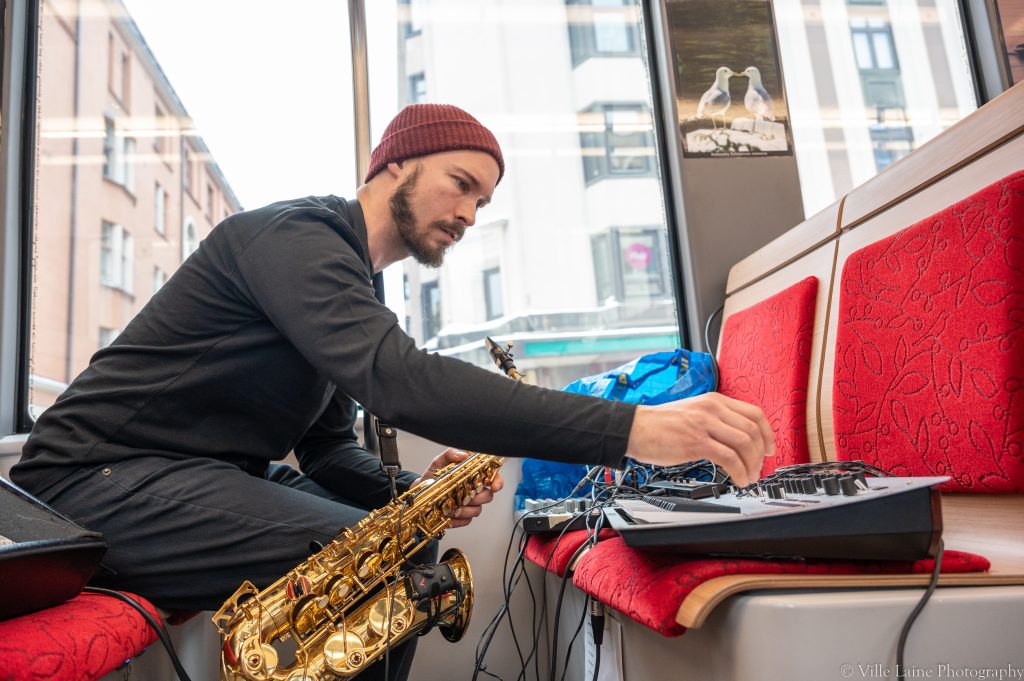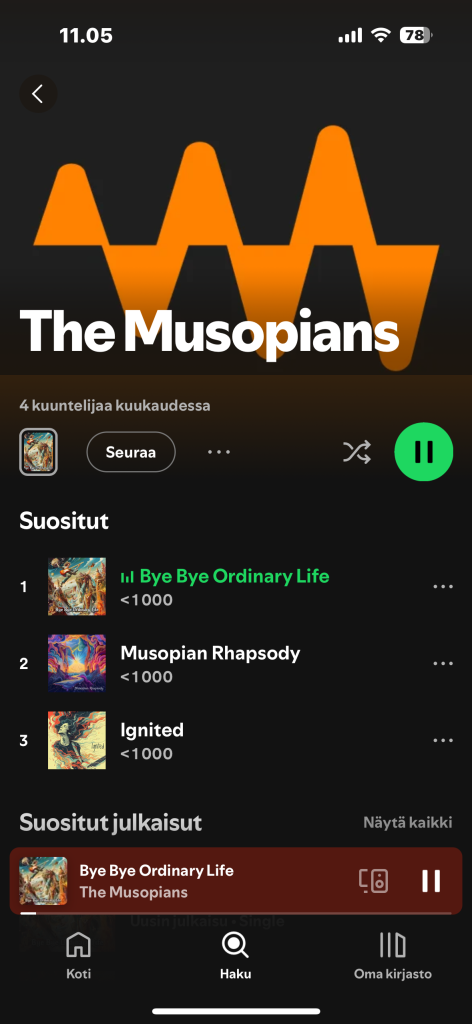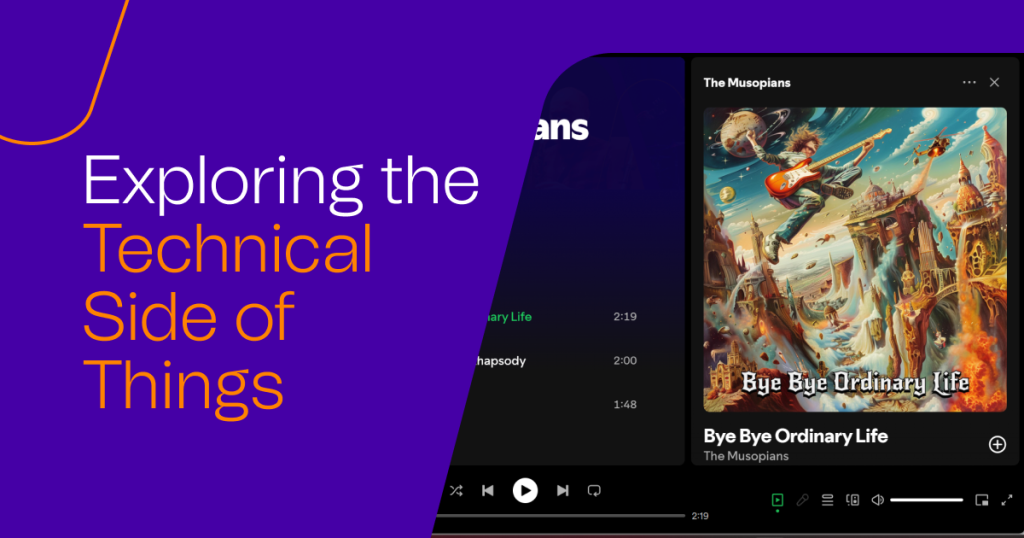In the first part of our in-house music series, we explored how Musopia’s in-house music enhances the learning experience for users of apps like Justin Guitar and KALA. By creating custom tracks tailored to educational needs, Musopia balances musical enjoyment and practical skill-building.
Now, we will examine the technical side of this creative process and how the Musopia team ensures that every track meets the high standards expected from a leading music education platform.
From the tools and instruments used to the seamless integration of music into the apps, Markus Pajakkala shares how in-house music production comes to life and what the future holds for Musopia’s ever-expanding musical landscape.
“Some users have named our in-house songs as their favorites”
Musopia strives for a broad, versatile style in terms of musical variety. The music is mainly timeless, drawing inspiration from the popular tracks users enjoy in the song libraries of both Justin Guitar and Kala App. This wide-ranging approach ensures in-house music resonates with a broad spectrum of learners.
Markus’ own journey into music production began early.
“I’ve always had a lot of musical ideas in my head,” he recalls.

At ten, he started experimenting with software on his dad’s computer, splicing loops to create his own riffs. As he developed his skills, he transitioned to modern recording and mixing software, motivated initially by the financial necessity of making music without renting studio time.
What began as a passion has since blossomed into a full-fledged career, where Markus can now combine his love for music with helping others learn.
“We believe in our music. It shows great results within our apps, and we’ve also started releasing it on streaming platforms.”
At Musopia, for the technical side of things, Markus uses Logic Pro software and a range of instruments and plugins. While some aspects of the production are programmed for efficiency, many elements are recorded live, including drums, which he plays on an electric drum kit, and various instruments on a MIDI keyboard. Vocals are either performed by Markus himself or by session singers from his hometown. He even incorporates more unusual instruments like the saxophone, melodica, and concert xylophone when the occasion calls for it. After recording, he handles the mixing and mastering process to ensure the music maintains a high standard, even under a fast production schedule.
When evaluating the quality of Musopia’s in-house music, Markus relies on his experience in the industry, supported by user testing, to verify that the music hits the correct mark. Feedback from users has been overwhelmingly positive.
“Some users have named our in-house songs as their favorites,” Markus says, underscoring how in-house music often plays a crucial role in helping users learn to play their instruments.
The integration of this music into the apps is seamless. After a video tutorial introduces a new chord or technique, the user immediately applies that knowledge by playing along with in-house songs or exercises. There are also dedicated trainers and practice sessions that feature Musopia’s custom tracks to help reinforce what the user has just learned.

Looking to the future, Musopia has ambitious goals for its music production.
“We believe in our music. It shows great results within our apps, and we’ve also started releasing it on streaming platforms,” Markus notes.
The company is working on producing more music for various educational purposes, seeing the potential for music to play a vital role in branding the company.
Follow Musopia on Linkedin for the latest news.
Read the previous article about Musopia’s in-house music production.

